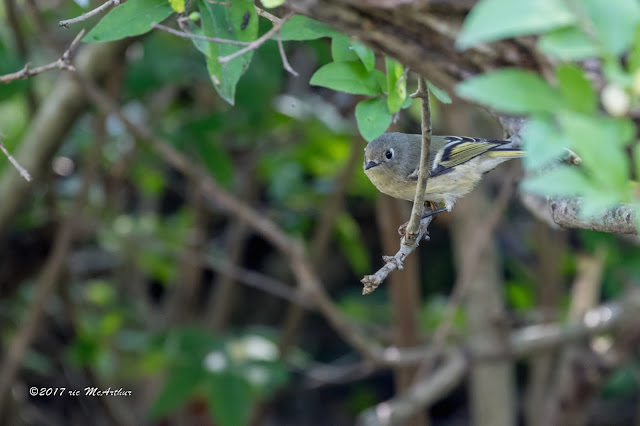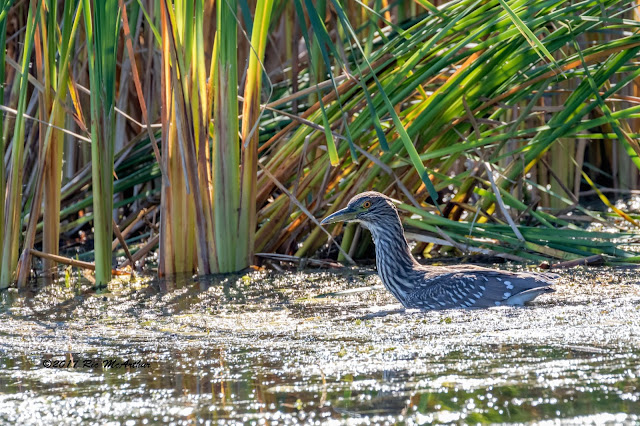Red-breasted nuthatch

Normally we don't have red-breasted nuthatches in the summer. They are around in the cooler weather looking for a quick meal. The cold front that came through Wednesday night brought this one to the pond. Sitta canadensis The Red-breasted Nuthatch collects resin globules from coniferous trees and plasters them around the entrance of its nest hole. It may carry the resin in its bill or on pieces of bark that it uses as an applicator. The male puts the resin primarily around the outside of the hole while the female puts it around the inside. The resin may help to keep out predators or competitors. The nuthatch avoids the resin by diving directly through the hole. source - https://www.allaboutbirds.org/guide/Red-breasted_Nuthatch/lifehistory
















